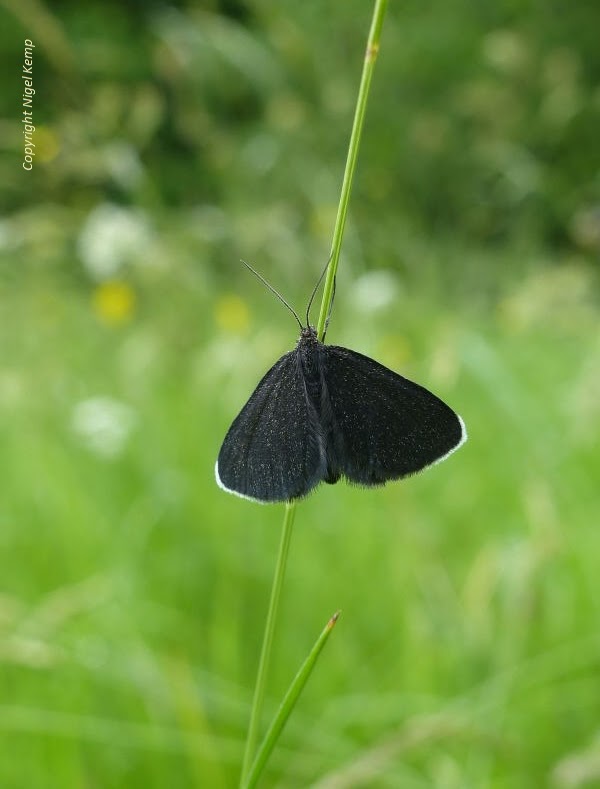Back in early May, Bob and I indulged in our annual day out in Kent to visit some special sites. We always start off at Denge Wood to see the Duke of Burgundy (Hamearis lucina) but these semi-ancient woods are also home to other rare insects.
Kent is also a county in which to seek out some of our rarer orchids.
Here are some images of the day.
Duke of Burgundy (Hamearis lucina) (female)
Fly Orchid (Ophrys insectifera) (var. ochroleuca)
The typical form has maroon coloured flowers.
Herb Paris (Paris quadrifolia)
Man Orchid (Orchis anthropophora)
Monkey Orchid (Orchis simia)
More recently and closer to home, I visited the colony of Spiked Rampion that grows just a few miles from my home. This is a very rare and endangered plant and only occurs at a handful of sites in East Sussex. It is found nowhere else in the UK.
Spiked Rampion (Phyteuma spicatum)































